Home
Blog
Transformation
Beyond Manual Methods: How Companies Cope with AP Challenges (Part 3 of 12)
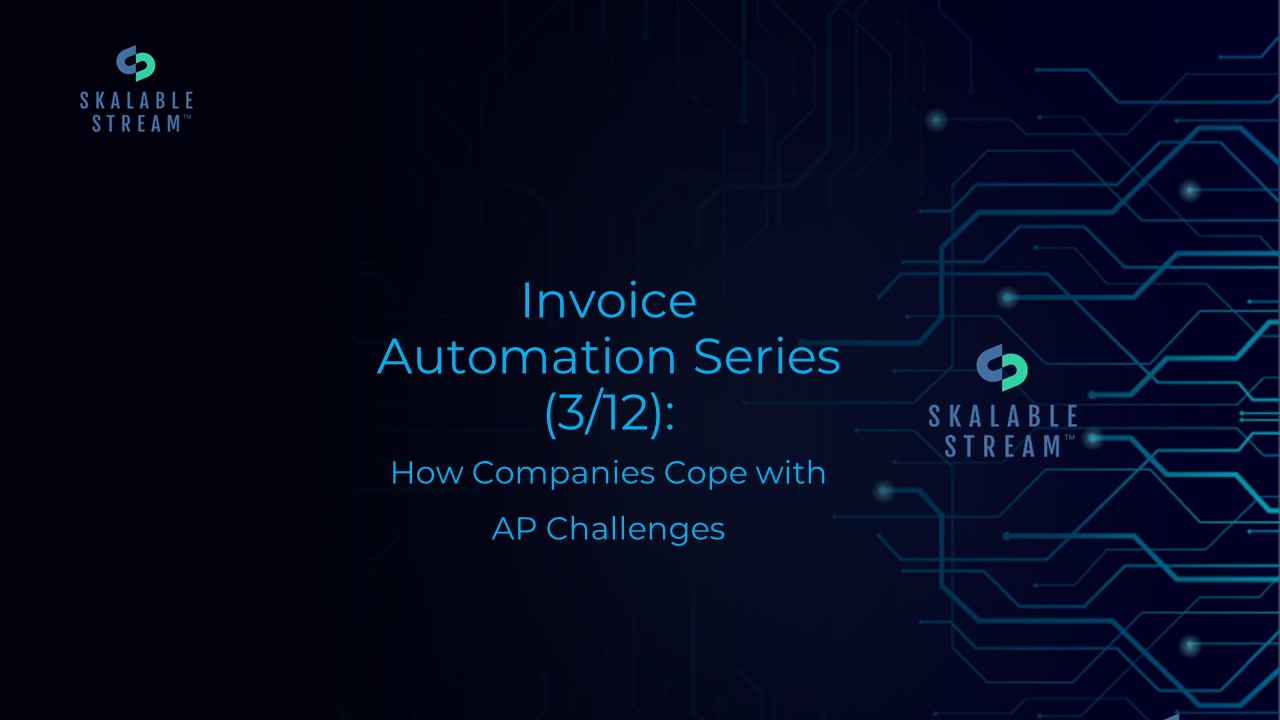

In the previous post of our invoice automation series, we delved into the common challenges companies face when processing Accounts Payable (AP) invoices manually. From the burden of paper-based processes to the lack of visibility and control, these challenges can hinder efficiency and productivity in AP departments. In this third installment, we’ll explore how companies attempt to manage their AP processes without automation and the limitations of these approaches.
Conclusion: While companies employ various methods to manage their AP processes without automation, these approaches often fall short in delivering the efficiency, accuracy, and control needed to optimize AP operations. Manual processes, partial digitization, outsourcing, and batch processing may provide temporary solutions but fail to address the fundamental challenges of AP invoice management.
In the next post of our series, we’ll introduce you to the transformative power of AP automation and how it can revolutionize your invoice processing. Stay tuned as we explore the benefits and key features of automation that can help you overcome the limitations of manual methods and take your AP operations to the next level!
#InvoiceAutomation #AccountsPayable #ManualAPProcesses #AutomationBenefits #StreamlineAP
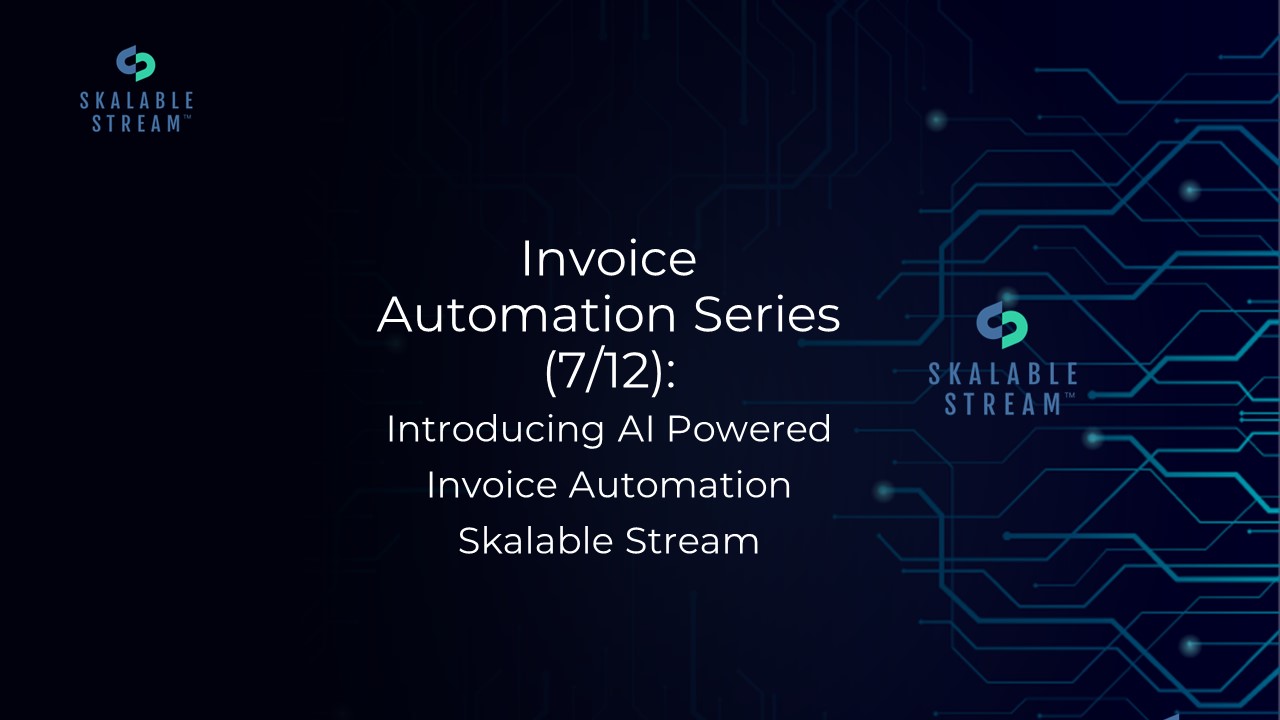
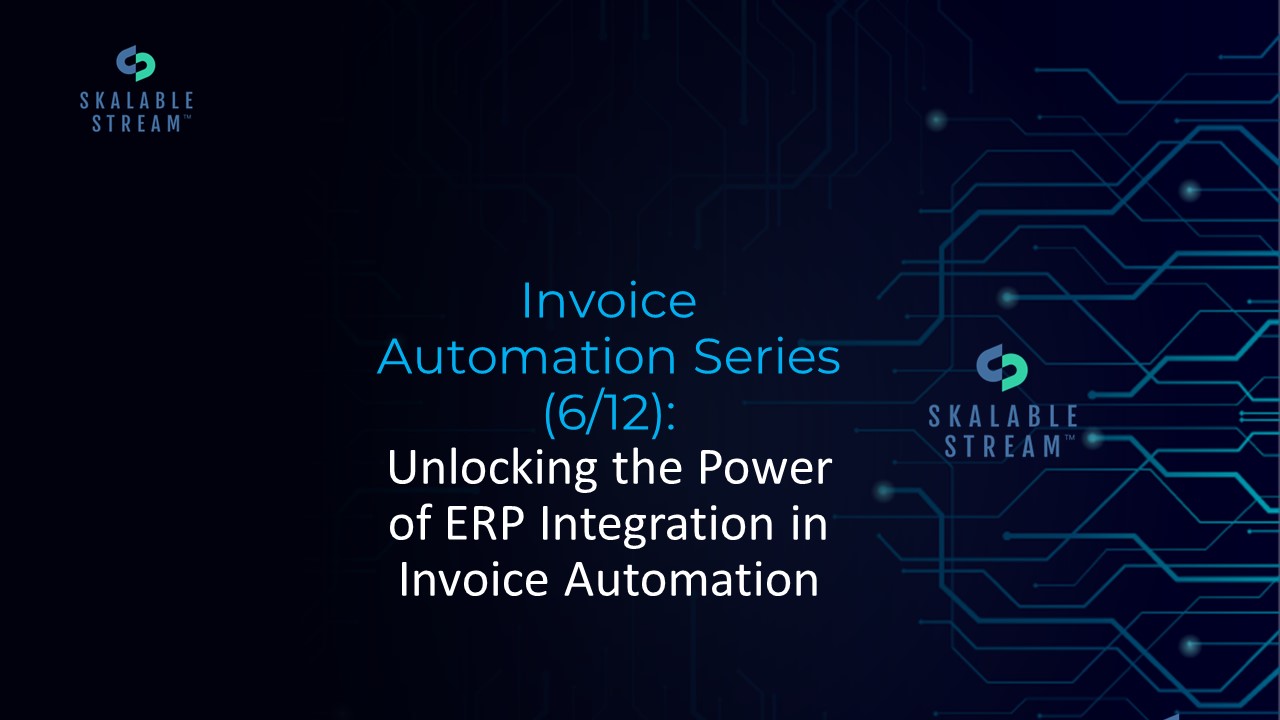
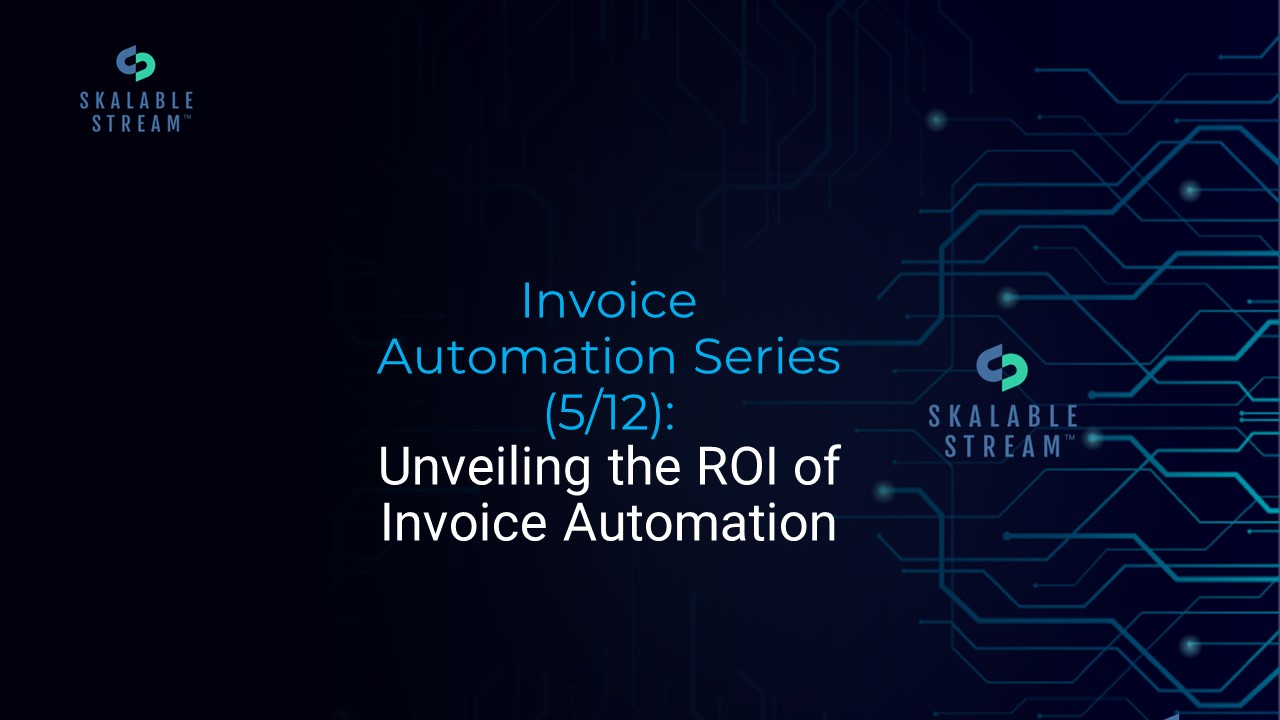
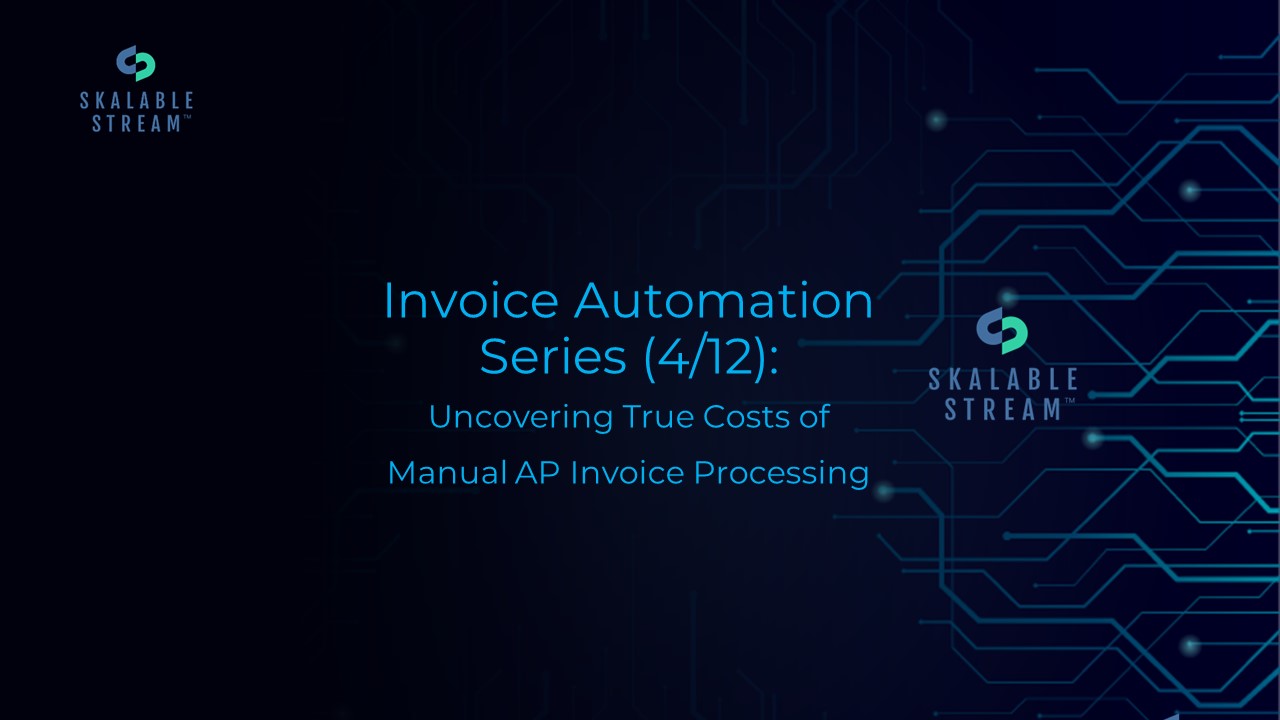


We'll keep you in the loop with everything good going on in the modern working world.
SubscribeWe'll keep you in the loop with everything good going on in the modern working world.
Subscribe
